Key takeaways
- The top value-adding home improvement projects include replacing the garage door, updating the entry door, refreshing landscaping, replacing windows, replacing flooring, updating bathrooms, remodeling the kitchen, and replacing the roof.
- To avoid overspending and stress, set a budget.
- Understanding your local market helps ensure your home improvement projects actually boost your home’s resale value.
Whether you’re selling or simply upgrading for your family, home improvement projects can boost value, attract buyers, and even raise your listing price.
But not all projects offer the same return. In this Redfin guide, we’ll highlight five high-impact home improvement projects to help you get the best return on your investment whether you live in Portland, OR, San Diego, CA, or anywhere in between.
Home improvement projects that add value
Some upgrades may look promising but don’t always pay off when it’s time to sell. That’s why it’s important to focus on renovations buyers care about—backed by real data.
Here are some of the top value-adding home improvement projects that can boost your home’s appeal and resale value according to the 2024 Cost vs. Value Report by Remodeling Magazine.
- Garage door replacement
- Update entry-door
- Refresh landscaping
- Replace windows
- Replace flooring
- Update bathrooms
- Remodel kitchen
- Replace roof
We’ll break down each one below:
Easy home improvement upgrades and tips to boost value
The most valuable home improvement projects are those that align with local buyer expectations, not just the latest trends.
As appraiser Brian Walther of Uyetake, Uyetake & Associates, Inc. based in Honolulu, HI. explains, “To increase your home’s value, it’s essential to consider your desired price range and research sales in your market area to determine if a typical buyer would view your home as ‘similar’ to these properties.”
We’ve rounded up 8 proven upgrades that can increase your home’s value and appeal, whether you’re preparing to sell or planning to stay for the long haul.
1. Garage door replacement
According to the 2024 Cost vs. Value report, a new garage door is one of the smartest home upgrades you can make. It can return nearly double what you spend, about 194% ROI on average. Plus, it instantly boosts curb appeal, making your home look more modern and well-kept from the street.
2. Update entry-door
Your front door plays a big role in your home’s first impression. It’s the first thing guests see when they arrive, and it serves as both a statement piece and a layer of security. A steel entry door typically recoups up to188% of its cost, the second highest-ROI upgrades you can make.
Make sure to choose the right entry door for your climate that’s built to handle your local climate because this helps ensure it stays functional, energy-efficient, and looking great for years to come.
3. Refresh landscaping
You’ll be surprised what the power of landscaping can do to boost your curb appeal, and you don’t need a major renovation to see results. Small, strategic updates that make your yard look tidy, modern, and well-maintained can go a long way in improving your home’s exterior.
You can start by:
- Cleaning up debris and making sure your yard, porch, and driveway look tidy
- Pruning bushes or shrubs
- Clearing out gutters
- Adding plants
Buyers tend to prefer low-maintenance landscaping that looks neat and well cared for. As appraiser Spencer W. Webb of A-Tech Appraisal advises, “Curb appeal creates a strong first impression. Focus on landscaping, exterior paint, and a clean, welcoming entry.”
4. Replace windows
The big question: Is it worth replacing windows before selling your house? Window replacement remains a solid investment, with vinyl window replacements recouping approximately 67% of their cost and wood windows around 63% according to a 2024 Cost vs. Value report.
Ultimately, the best choice depends on your windows’ condition and your budget. To help you decide, we’ve broken down when it makes sense to replace your windows versus when a simple repair or refresh will do the trick.
| Replace | Repair |
| Windows are 20+ years old and outdated | Windows are generally functional but look dull or dirty |
| Windows don’t open or close properly | Cosmetic updates like repainting or new hardware needed |
| Noticeable drafts affecting comfort | Glass isn’t damage |
5. Replace flooring
Flooring upgrades can give your home’s resale value a major boost, and investing in eco-friendly flooring options is a smart place to start. They’re not just better for the planet, they can also improve indoor air quality, reduce allergens, and even help with energy efficiency.
Eco-friendly materials like bamboo, cork, and reclaimed wood look great, hold up over time, and appeal to buyers who care about sustainability.
But if eco-friendly flooring isn’t quite your style and you’re focused more on ROI, hardwood floors are a strong bet. “Homeowners can typically expect to recoup 70–80% of their investment when they sell.”
6. Update bathrooms
According to the 2024 Cost vs. Value Report by Remodeling Magazine, the average national return on investment (ROI) for a bathroom remodel is approximately 66%.
But not all upgrades are created equally, certain bathroom features increase resale value, we’ve listed a few key ones below:
- Bathroom addition – consider adding a Jack and Jill bathroom for shared convenience between bedrooms.
- Add new bathroom cabinets – opt for sleek, space-saving designs or custom cabinetry.
- Update your vanity area – enhance this focal point by adding built-in drawers and updating the lighting for a fresh, functional look.
- Accessibility remodel – make smart, long-term updates like walk-in showers, grab bars, wider doorways, and lever-style handles to appeal to a wider range of buyers.
While these bathroom improvements can be on the pricier side, the ROI is often worth it, especially if you’re planning to sell your home.
7. Remodel kitchen
You don’t have to gut your kitchen to boost its value. Small, simple updates can make a big difference, whether you’re getting ready to sell or just want to refresh the space for you and your family to enjoy.
Here are a few easy changes that can help increase your ROI:
- Replace the kitchen faucet
- Update old light fixtures
- Paint the cabinets
8. Replace roof
You may be wondering: does a new roof increase home value? It’s a fair question given that roof replacements can cost anywhere from $30,000 to $50,000 (or more) depending on materials.
The short answer is yes, it can. If your roof is in poor condition, replacing it is often the smart move. A well-maintained home is more appealing to buyers and can sell faster, simply because it removes a major concern from the equation.
If a full replacement isn’t needed, minor repairs or a maintenance inspection can still offer peace of mind.
Additional value-adding projects to consider
Beyond the projects listed above, there are plenty of other home improvement projects that are frequently recommended for their potential to increase a property’s appeal and resale value:
- Remodel attic or basement – Turning unused space into something functional (like a guest room or office) can recoup up to 70% of the cost at resale. Although it’s a bit on the pricier side, it’s a smart way to add significant value to your home.
- Improve energy efficiency (insulation, HVAC, windows) – Energy-efficient upgrades are not only good for the planet but appeal to eco-conscious buyers. New windows alone can return around 68% of their cost, and improved insulation often pays for itself within a few years.
- Add a porch, patio, or deck – Depending on where you live, adding a porch, patio, or deck can make your home much more appealing to potential buyers. It might seem like a small upgrade, but it’s actually one of the most sought-after features.
- Repaint in neutral tones – A simple paint job in soft gray or beige can completely refresh your space and attract buyers because it feels clean and easy to make their own.
Why budgeting matters for home improvement projects
In 2024 alone, Americans spent a whopping $603 billion on renovations — and despite inflation, nearly two-thirds of homeowners completed at least one project last year. With so many homeowners investing in upgrades, planning ahead has never been more important. So, before diving into renovations, it’s essential to set a realistic budget and prioritize based on your home’s current condition and your long-term plans.
Yes, some home improvement projects are more cost-efficient than others, and there are plenty of DIY projects you can do without leaving home. But creating a budget is still essential to survive home renovation stress.
Whether you’re doing the renovations yourself or hiring a contractor with a home improvement loan, it’s essential to set a clear budget before you begin.
>>Read: 8 tips for creating a renovation budget
FAQs for home improvement projects
How do I decide which home improvement projects are worth it?
Start by checking your home’s condition and local market. Focus on practical, top value-adding home improvement projects like landscaping refreshes, bathroom updates, flooring and roof replacements, and kitchen remodels. These tend to deliver the best return when selling
Which home improvements don’t add value?
Not every upgrade boosts your home’s value. Expensive, high-maintenance landscaping, trendy designs that quickly go out of style, luxury fixtures, and bold paint colors can actually lower your home’s appeal to buyers.
>>Read: 10 Home Improvements/Renovations That Don’t Add Value
Should I DIY or hire a professional for my home improvement projects?
It depends on the project. Simple tasks like painting, landscaping, or updating fixtures can be easy DIY projects. But for major renovations, or anything that affects your home’s structure or safety, it’s best to hire a licensed pro to avoid costly mistakes, or code violations.



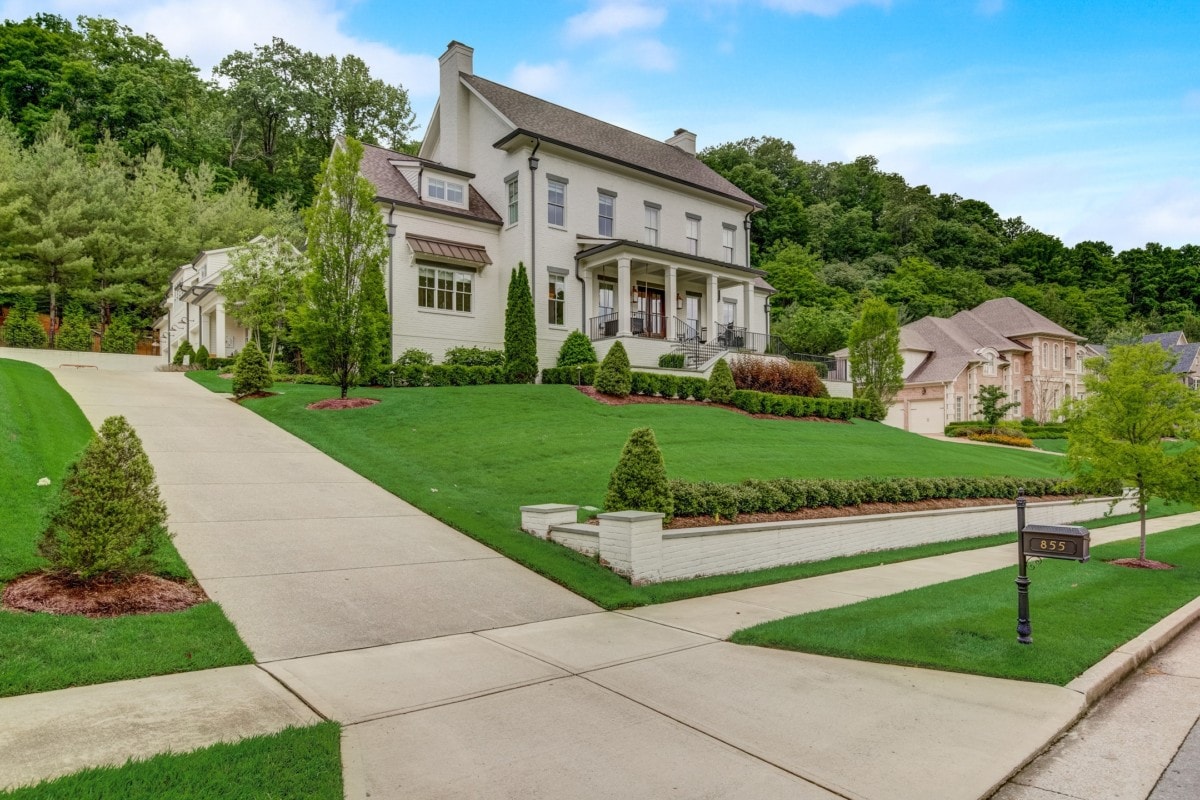





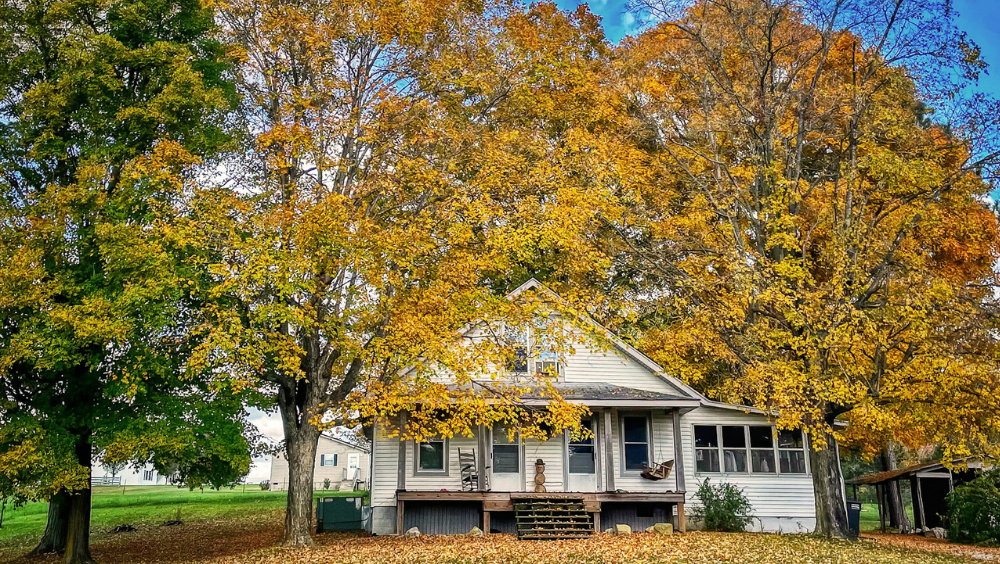
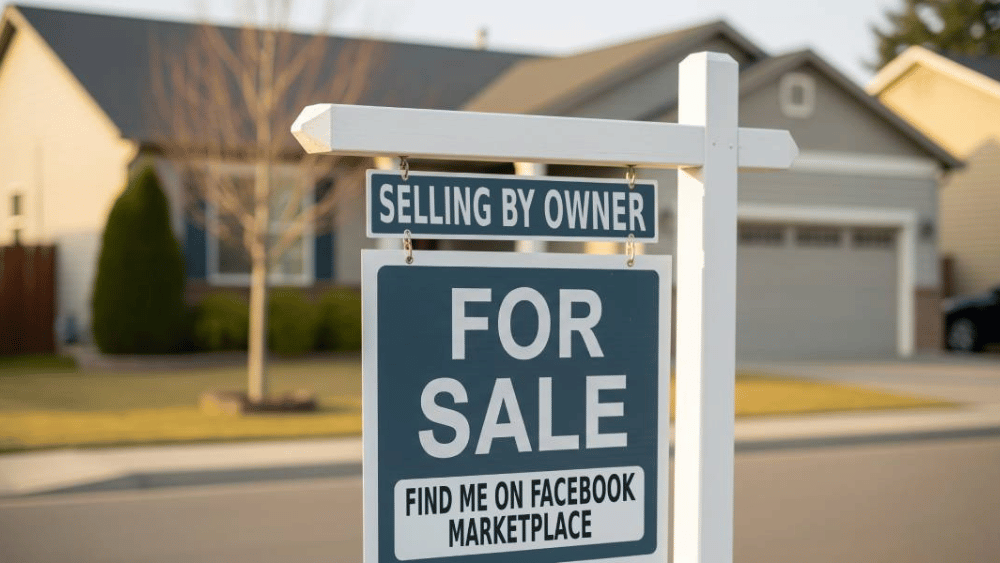

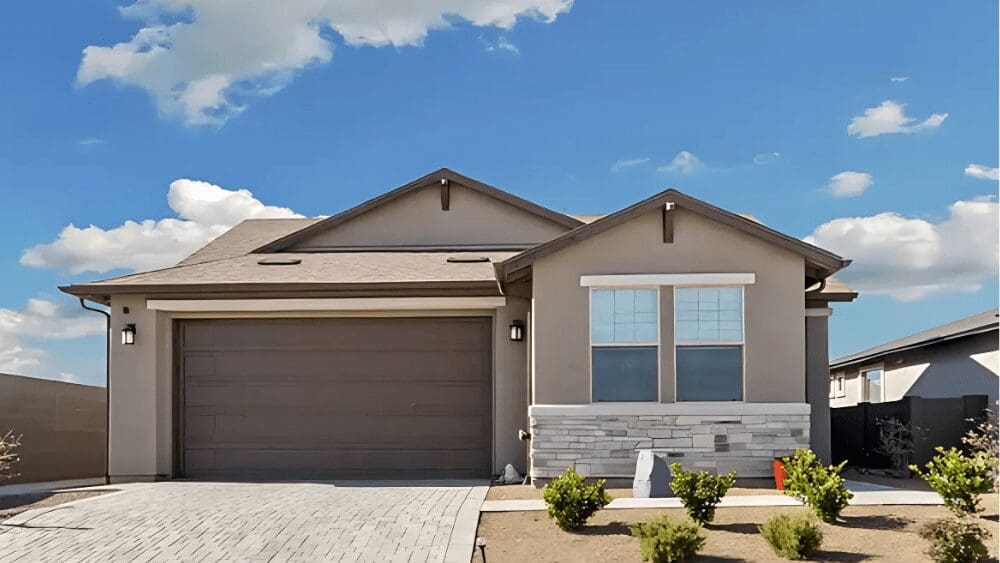





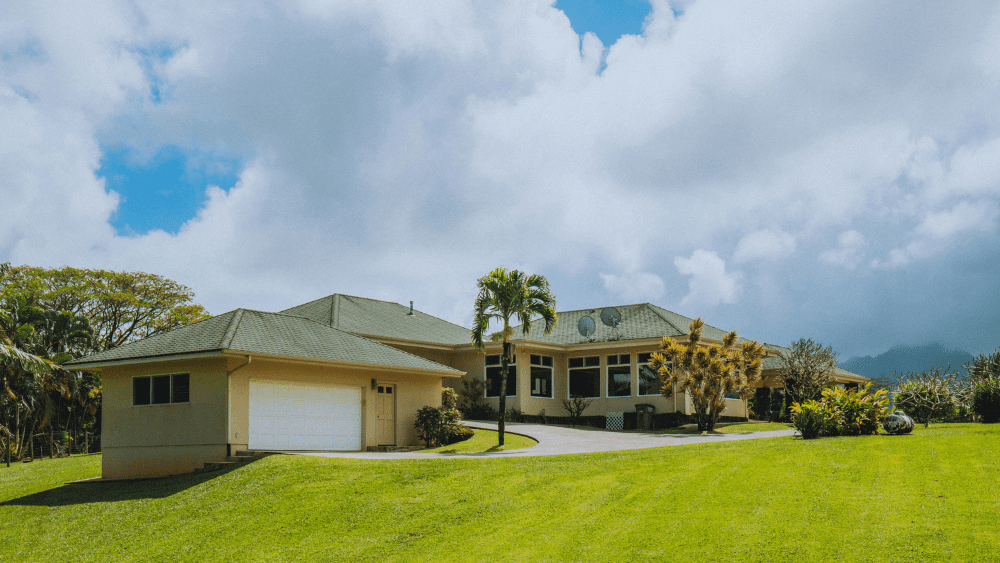
 English (US) ·
English (US) ·